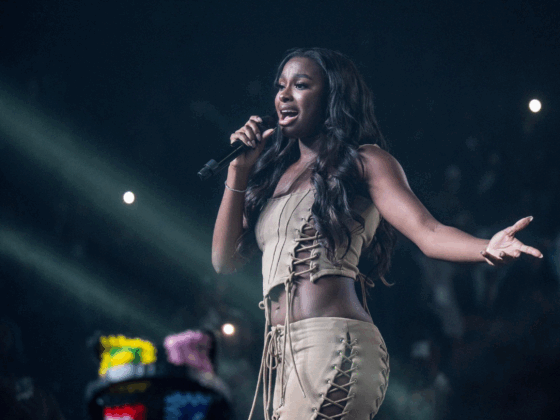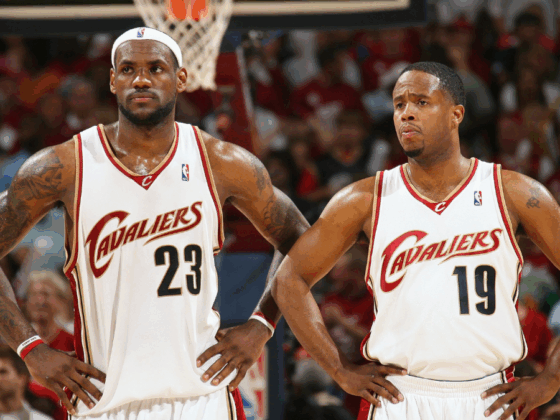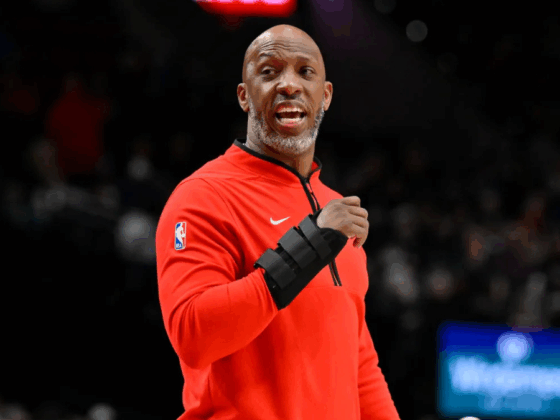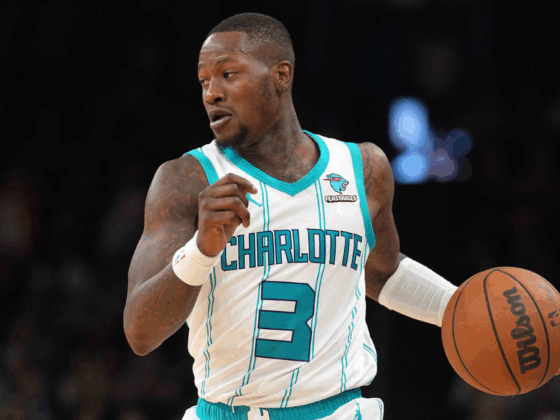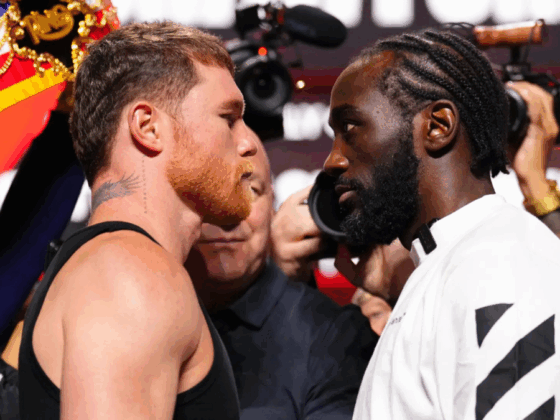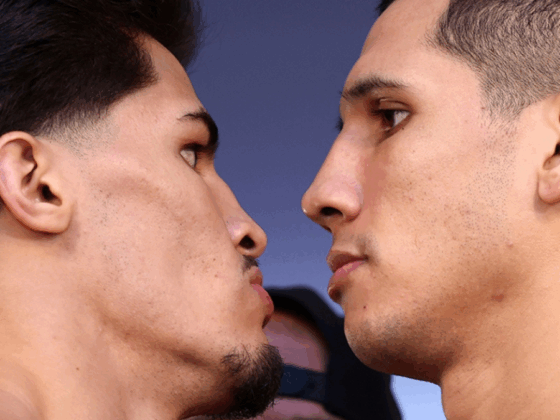
The Golden State Warriors have won the 2017 NBA championship against the Cleveland Cavaliers, who tried to reverse the impossible by coming back from a 3-0 deficit. The Cavs effort was as valiant as you can get against this Warriors squad, but that will never be enough.
This was a predictable outcome. The Golden State Warriors had been considered Title favorites since last July when the former MVP, Kevin Durant, decided to join a two-time MVP in Stephen Curry, and two All-Stars in Klay Thompson and Draymond Green to form a superteam.
Yes, a superteam. Over the years, several franchises have managed to create superteams by adding one or more stars to an already cemented group, but the results have not always been successful. Some franchises needed more time to build the right chemistry and reach the ultimate goal of a Championship. Here are the four teams that, because of the way they were formed, are the most comparable to the 2017 NBA champions, beyond the results these teams reached.

1968-1973: LOS ANGELES LAKERS
In the 1960s, the Boston Celtics were dominating the NBA by winning titles after titles, led by their captain Bill Russell.
The Celtics won the NBA championship ten times in twelve years, between 1956 and 1968. They became a nightmare for the other contenders, the most notable of the group was the Los Angeles Lakers. The Lakers had two great stars, Jerry West and Elgin Baylor on their roster. Although they came out as the Celtics’ favorite victims, as they lost six NBA Finals against them, they were a great team that simply appeared powerless in front of the Celtics dynasty (yes, maybe just like the Cleveland Cavaliers in the last few days against the Golden State Warriors). To fix this problem, the Lakers needed something, or someone, to change the story.
Here is the NBA’s very first Kevin Durant-esque move: on July 9, 1968, the Los Angeles Lakers traded Darrel Imhoff, Archie Clark, and Jerry Chambers to the Philadelphia 76ers in order to acquire “Mr. 100 points”, Wilt Chamberlain.
With Wilt coming to L.A., the Lakers created a potential superteam led by three All-Stars: a 20-point-20-rebound-per-game machine, a lethal scoring guard, and a do-it-all forward.
Was this creation of a superteam enough to break the Celtics dynasty? Well, No. However, initially, it seemed like it was. The Lakers led the Western Division in the regular season with a 55-27 record with Chamberlain leading the league in rebounds per game (21.1) and field goal percentage (58%). Jerry West averaged 26 points, four rebounds, and seven assists per game and Elgin Baylor recorded 25 points and almost eleven rebounds per game.
Moreover, the Boston Celtics didn’t look like they were in their best shape. Bill Russell and his long-time teammates were more than 30 years old, and Hall of Famer Red Auerbach was no longer their coach and was replaced by Russell himself, who played the player/coach role that season. Boston even finished fourth in the Eastern Division, with a not-so-good 48-34 record.
Despite that, Boston did it once again and beat the Lakers in a seven-game Finals series after coming back from a 2-0 deficit.
It took three years after that for the Lakers to reach their ultimate goal, and they won the title in 1972 against the New York Knicks.

2007-08: BOSTON CELTICS
“One, two, three… Ubuntu!”
The Boston Celtics entered the new millennium as a team right in the middle of a rebuilding process. Between 2000 and 2007, the Celtics weren’t able to go beyond the Eastern Conference semifinals, but as the 2007-08 season was approaching, general manager Danny Ainge suddenly turned a decent team into a title contender by trading for stars Kevin Garnett and Ray Allen in the offseason.
Furthermore, the Celtics had Rajon Rondo, a tough, promising floor general ready to dish out tons of assists for his veteran teammates.
Under coach Doc Rivers, things went almost perfectly for the new Celtics as they led the Eastern Conference in the regular season with a record of 66 wins and only 16 losses. Pierce led his team in scoring, averaging 19.6 points per game, and Kevin Garnett led in defense, winning Defensive Player of the Year and averaging a near double-double of 18 points and nine rebounds per game.
In the post-season, the Celtics struggled a little bit. They were forced to play seven games against both Atlanta and Cleveland, but finally reached the NBA Finals after eliminating the Detroit Pistons in six games.
That was Boston’s first NBA Finals appearance since they lost to the Los Angeles Lakers in 1987. Twenty-one years later, the Celtics had to face the Lakers in a new chapter of one of the NBA’s most fascinating rivalries. Paul Pierce led his team over the Lakers in six games and was named NBA Finals MVP.

2012-13: LOS ANGELES LAKERS
Before the 2012-13 season started, this was considered a superteam that could dominate the Western Conference and face up to the other superteam in the making, the Miami Heat. Once the 2012-13 season came to an end, this Lakers squad was considered one of the most disappointing ever.
The 2012-13 Los Angeles Lakers and the 2016-17 Golden State Warriors are two suitable examples of how important of a role team chemistry is when building superteams for success.
Kevin Durant has fit exceptionally in the Warriors system. He didn’t create rifts at all within Golden State locker room and his superstar talent made the team unstoppable. The final result? The well-deserved ring.
On the other hand, the chemistry of the 2012-13 Lakers roster ended destroying the team.
Almost three years after winning their last NBA title, the Los Angeles Lakers tried to make another serious push to the championship by making two resounding moves in offseason. First, they acquired former Phoenix Suns point guard Steve Nash. Then, the Lakers arranged a four-team trade that involved twelve players (including two-time NBA champion Andre Iguodala) in order to get All-Star center Dwight Howard, who was one of the best centers at that time and led the Orlando Magic to an NBA Finals appearance in 2009.
With these moves, coach Mike Brown had to handle a starting lineup full of NBA All-Stars: Steve Nash, Kobe Bryant, Metta World Peace (or Ron Artest, or Panda’s Friend, or whatever you want to call him), Pau Gasol, and Dwight Howard. Mike Brown only made it out of the gate and was fired after five games (with a 1-4 record). He was replaced by Mike D’Antoni, who had already coached Steve Nash in Phoenix.
Everything went against the Lakers. Steve Nash was in bad shape and missed a total of 32 games, and Pau Gasol was injured too and missed 33 games. Moreover, the relationship between Kobe Bryant and Dwight Howard was anything but good.
“I didn’t appreciate Shaq until I played with Dwight” – Kobe Bryant
The Lakers finished the regular season with a 45-37 record and clinched a playoff spot as the #7 seed in the Western Conference. The post-season ended up being even worse for them as they were swept by the San Antonio Spurs in the first round.

2010-2014: MIAMI HEAT
“Not two, not three, not four, not five, not six, not seven…”
During the press conference following the loss to the Golden State Warriors in the 2017 Finals, LeBron James said he believes he didn’t play for “superteams”. However, it’s pretty hard not to consider his Miami Heat squad as a superteam.
In the first days of the 2010 free agency, former Toronto Raptors star Chris Bosh opted to sign with the Miami Heat and join the 2006 NBA Finals MVP Dwyane Wade, who would re-sign with the Heat as well. Then, it was the time for LeBron James to join the party.
On July 8, 2010, LeBron announced his Decision on a live ESPN special, causing a backlash comparable to the one Kevin Durant received when he wrote that he would sign with the Golden State Warriors on the Players’ Tribune.
Like the Wilt Chamberlain’s Lakers, even the Miami Heat failed to hit the target right away as they fell in their first NBA Finals together against the Dallas Mavericks, who got their revenge after losing the title in 2006.
Again, like the Wilt Chamberlain’s Lakers, it was only a matter of time for the Big Three to build the right chemistry and get some more help from a supporting cast. In fact, playmaker Mario Chalmers joined the team and played a very important role while filling the starting point guard spot. His backup became Norris Cole, a promising point guard who brought energy off the bench. Veteran Shane Battier joined the team too. Last but not least, former Three-Point Champion James Jones joined LeBron James and became his talisman as King James, since Jones played with him, has always reached the NBA Finals (for those who follow Italian soccer, James Jones may be what Simone Padoin was for Juventus F.C. between 2012 and 2016).
The Miami Heat were now ready to win some titles and did so in 2012 by defeating the Oklahoma City Thunder in five games. The next year, Ray Allen left Boston for Miami and gave the Big Three a hand, or better, the two hands which shot the clutch triple in Game 6 of the NBA Finals against the San Antonio Spurs.
However, Kawhi Leonard and the Spurs took their revenge the next year as they tore the title from Miami in five games.
With San Antonio being crowned NBA champion, the Big Three era came to an end as well, as any of superteam can’t last forever. Such will be the fate for the Golden State Warriors; however, that doesn’t seem likely to happen any time soon.
